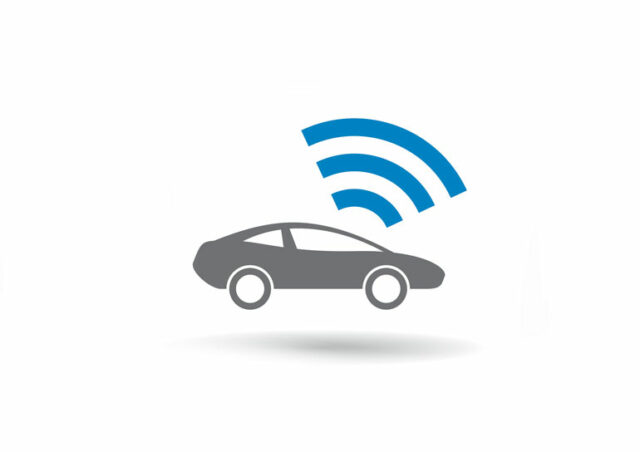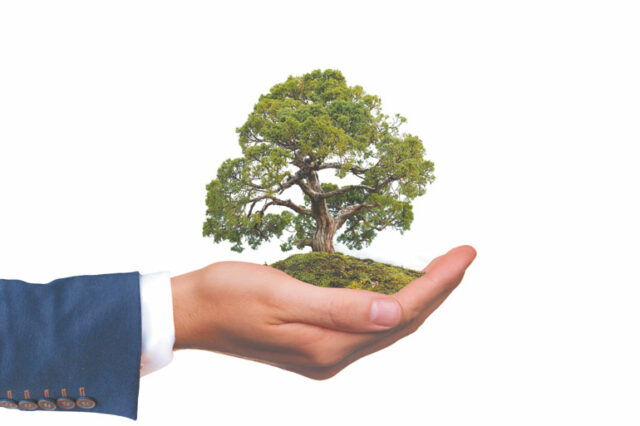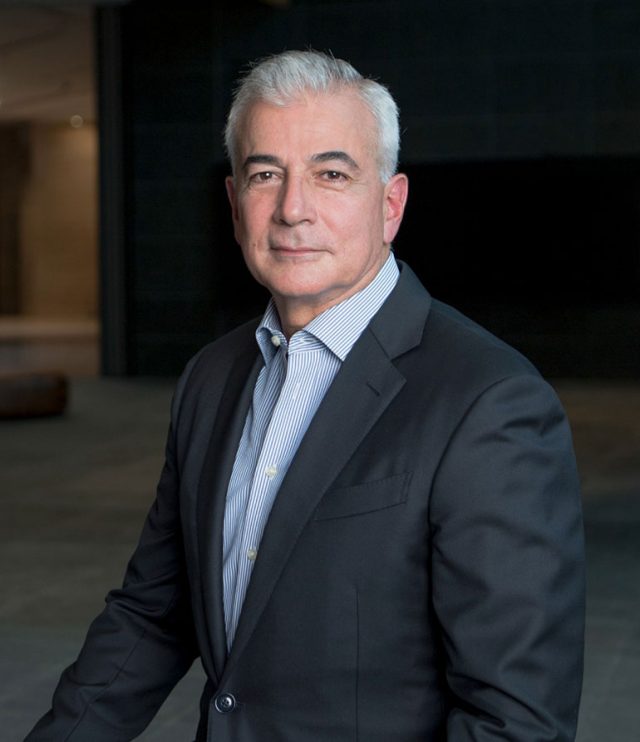With less than a month left for 2021, the automotive industry in the Philippines has been seeing traces of recovery from the coronavirus disease 2019 (COVID-19) pandemic, as recent figures from industry associations show.
The latest joint figures from the Chamber of Automotive Manufacturers of the Philippines, Inc. (CAMPI) and Truck Manufacturers Association (TMA), released just a few days ago, show that as of November, the industry sold 240,642 units this year. This is an increase of 22.7% from the 196,197 units sold during the same period last year, and this exceeds 2020’s total sales of 223,793. To recall, CAMPI-TMA figures last year bared a 39.5% decline in sales due to pandemic-induced lockdowns.
“Surpassing our last year’s sales performance gives the industry a renewed hope that recovery is underway as restrictions started easing, and economic activities have resumed at improved levels,” CAMPI President Rommel R. Gutierrez was quoted as saying in a statement. “However, the industry remains cautious and on guard at the same time on the uncertainties brought by the COVID-19 mutations, which hopefully will not undermine our recovery.”
Within those 11 months, 76,813 units of passenger cars were sold, a 26% year-on-year (y-o-y) increase from 2020 sales; while 163,829 units of commercial vehicles were sold, indicating a 21% y-o-y jump.
Association of Vehicle Importers and Distributors, Inc. (AVID), meanwhile, released its most recent reported record back in October, which bared that in September year-to-date (YTD) total vehicle sales rose by 26% to 43,957 units.
Furthermore, YTD commercial vehicle sales rose 311% y-o-y to 917 units, while YTD light commercial vehicle sales increased 37% y-o-y to 31,444 units. YTD passenger car sales, however, tallied a 1% decline to 11,596 units.
“We have weathered the volatile market conditions of the third quarter. With improving health conditions and a more stable outlook, AVID is optimistic and driven to wind up this last quarter on a strong note,” Ma. Fe Perez-Agudo, president of AVID, was quoted as saying last October.
Imported duties and domestic boost
After the first half of the month witnessed a 56.1% increase in sales among manufacturers within CAMPI and TMA and 55% increase among AVID members compared to the same period last year, a notable development in the automotive industry took place.
Last July, the Tariff Commission issued its finding from its investigation that there is no basis for the imposition of safeguard duties on vehicle imports. The commission said that the cars subject to investigation were not imported in increased quantities and therefore could not seriously injure local groups.
For CAMPI’s Mr. Gutierrez, this finding eased the uncertainties brought about by the petition filed by the Philippine Metal Workers Alliance (PMA), an auto parts labor group, for safeguard measures on car imports.
Last August, meanwhile, witnessed an update on the Comprehensive Automotive Resurgence Strategy (CARS), a program offering fiscal support to car companies that each produce 200,000 units of high-volume car models in the country over a six-year period.
According to Trade Secretary Ramon M. Lopez, CARS participants Mitsubishi Motors Philippines Corp. and Toyota Motor Philippines Corp. have produced a total of 147,000 vehicles by last May. The manufacturers still have time to meet their deadlines in 2023 and 2024, respectively.
The Secretary added that CARS has so far generated P9.1 billion in capital expenditure investments, has created 100,000 jobs and registered nine parts makers, and has also saved the economy $700 million in foreign exchange as of June.
Mr. Lopez also said that the department, in building its electric vehicle (EV) strategy on CARS, is gearing up an “investment strategy to attract investments in key activities critical to the industry’s development such as the EV assembly, auto electronic and other parts manufacturing, EV battery charging and energy storage systems manufacturing, battery recycling, and engineering service outsourcing.”
Recent numbers
The second half of 2021 kicked off in July with a y-o-y increase of 4.7% in CAMPI’s and TMA’s vehicle sales and a 5% slip in AVID’s sales. Units sold amounted to 21,499 units and 4,862 units, respectively.
Sales in the following month were reflective of a stricter two-week lockdown in the National Capital Region and nearby provinces. CAMPI-TMA figures showed y-o-y 11.5% decline from 17,906 to 15,847 units; while AVID recorded an 18% y-o-y decline from 4,753 to 3,919 units, as well as a 19% month-on-month (m-o-m) fall.
In September, in light of eased restrictions, CAMPI and TMA tallied a 12% y-o-y drop from 24,523 to 21,493 units, although m-o-m improved by 35.6%. AVID also recorded a 12% y-o-y decline to 4,946 units, while m-o-m sales increased by 26%.
The drop and jump continued the following month for CAMPI and TMA members with a 10% y-o-y decline from 25,023 units to 22,581 and a 5.1% m-o-m rise.
Last month, CAMPI-TMA figures showed double-digit growths: a 14% y-o-y increase from 23,162 units to 26,456 units, as well as a 17.2% m-o-m rise, which CAMPI’s Mr. Gutierrez says is the highest monthly performance so far this year.
Outlook
As reported in BusinessWorld earlier in the year, Mr. Gutierrez stated he expects the industry to recover to pre-pandemic sales as late as 2023, while recovery depends on certainties in the market, consistent government policies, and widespread inoculation against COVID-19.
The CAMPI president pegged sales growth to 30-35%, although the projection was revised in September to 20.9% growth from actual sales recorded last year; while AVID’s Ms. Perez-Agudo last March pegged imported car sales up to 20%.
Aside from these growth projections, digital’s influence in automotive sales is expected to stick as recovery proceeds. “The paradigm shift to online sales and marketing methods and activities will definitely continue. This has become a viable strategy for the automotive industry to meet the needs of our stakeholders,” Mr. Gutierrez said this month. — Adrian Paul B. Conoza


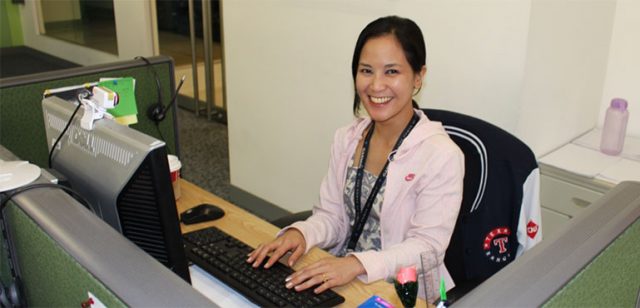
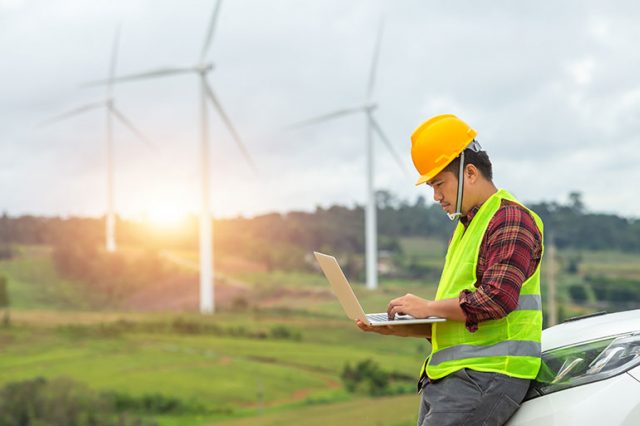
 On the other hand, Cesar Romero, President and CEO of Pilipinas Shell Petroleum Corporation, said that the environmental challenges, mainly global warming, are too big to be handled by just one sector of society, thus, the need for collective effort.
On the other hand, Cesar Romero, President and CEO of Pilipinas Shell Petroleum Corporation, said that the environmental challenges, mainly global warming, are too big to be handled by just one sector of society, thus, the need for collective effort.


